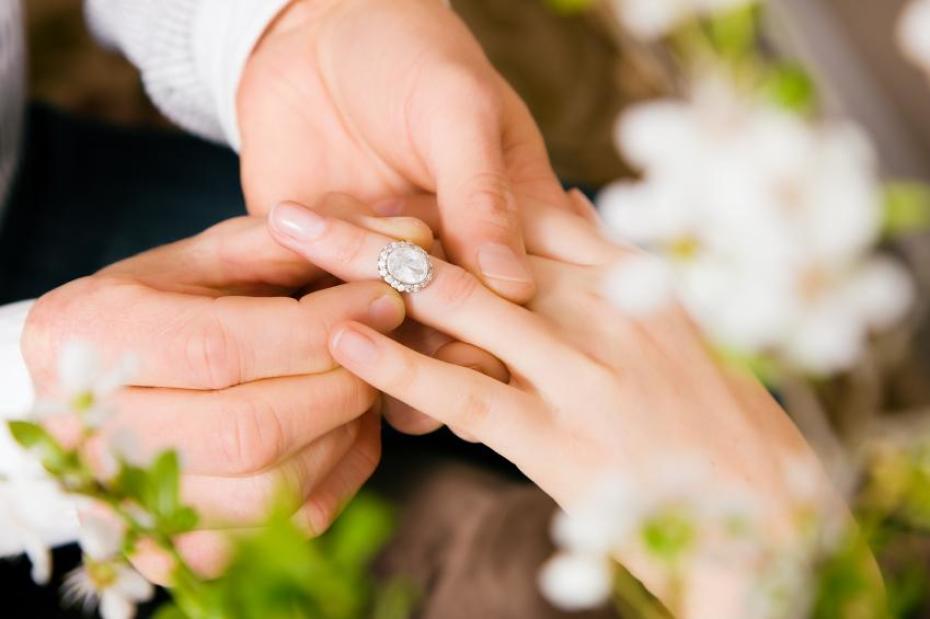An engagement ring is an expression of your love and commitment to your partner. It symbolises the promise you’re making to spend your lives together. When it comes to engagement rings, there’s nothing quite as stunning and timeless as halo engagement rings.
The diamond is an important factor to consider when choosing a halo engagement ring. It is the centrepiece of the ring, and it’s what gives a ring its sparkle and shine. But with so many different options available, choosing the perfect diamond can be overwhelming. The following section provides a guide to simplify the diamond selection process for your halo engagement ring. So, keep reading.
Understanding the 4Cs
The 4Cs are the universal standard for grading and evaluating diamonds. They stand for Carat weight, Clarity, Color, and Cut.
Carat weight is the diamond’s weight. The larger the carat weight, the more expensive the diamond will be.
Clarity refers to the number of inclusions and blemishes within the diamond. Inclusions are internal imperfections, while blemishes are external imperfections. The fewer inclusions and blemishes, the higher the stone’s clarity grade will be.
Colour refers to the natural colour of the diamond. The less colour a diamond has, the more valuable it is. The colour scale starts at D (colourless) and goes to Z (light yellow).
Cut refers to how the diamond is cut and how well it reflects light. A well-cut diamond will sparkle more and appear more brilliant.
Choosing the Shape of Your Diamond
The shape of the diamond is another important factor to consider when choosing a diamond for your halo engagement ring. There are many different diamond shapes to choose from, including round, princess, emerald, oval, pear, and marquise.
Round diamonds are the most popular shape for engagement rings, as they are classic and timeless. Princess diamonds are also popular and have a more modern feel. Emerald diamonds are rectangular and have a vintage look. Oval diamonds are elongated and have a slimming effect on the finger. Pear diamonds are a unique shape that combines round and marquise, while marquise diamonds have a distinctive pointed shape.
When choosing the shape of your diamond, it’s important to consider your partner’s style and preferences. A round diamond may be best if your partner prefers classic and timeless pieces. A princess or emerald diamond may be better if they prefer something more modern and edgy.
Selecting the Setting for Your Diamond
The setting is part of the ring that holds the diamond in place. There are many different setting styles, including prong, bezel, pave, and channel.
A prong setting is the most popular and traditional style for halo engagement rings. It involves small metal prongs that hold the diamond in place and allows it to catch the light from all angles. A bezel setting is a more modern option that involves a thin metal band that surrounds the diamond and holds it in place. A pave setting is a popular option involving small diamonds set closely around the main diamond, creating a continuous sparkle. A channel setting is a unique option involving diamonds set in a channel within the ring’s band.
The perfect diamond for your engagement ring should reflect your unique love story and the bond you share with your partner. By choosing the right diamond, you’ll create a ring that not only dazzles on the outside but also carries a special meaning and significance for both of you. So, take your time and choose wisely because the right diamond will be cherished for many years to come.





Leave a Reply